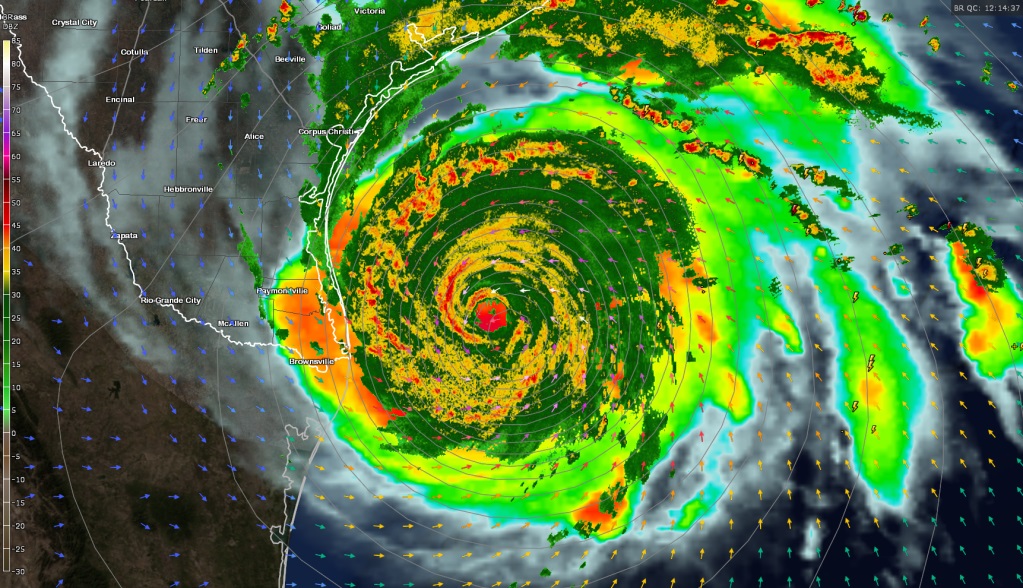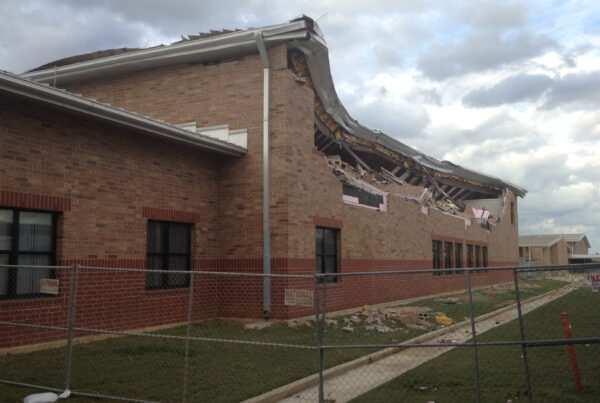Hurricanes are one of Mother Nature’s most powerful and destructive phenomena. The Atlantic hurricane season runs from June 1st through November 30th. The 2023 hurricane season outlook has been a little more challenging for experts to forecast. Several forecasters are predicting a near average hurricane season with 13 named storms and 6 hurricanes, with 2 being major hurricanes. However, there are a couple of key factors that are affecting their forecast and if one of those factors dominates, the hurricane season could look quite a bit different.
The first factor that is being watched is the waters near the equator in the Pacific Ocean. During the last three hurricane seasons, the Pacific equatorial waters were cooler than average creating a condition known as La Nina. These waters are now warming toward its counterpart, El Nino. As of mid-April, a large majority of forecast models suggested an El Nino is likely to develop, possibly as soon as this summer. One model assigned a 61% chance that El Nino will be in place by August through September, the heart of Atlantic hurricane season. To put this in context, in El Nino hurricane seasons, stronger shearing winds often occur over at least the Caribbean Sea and some adjacent parts of the Atlantic Basin. This tends to limit the number and intensity of storms and hurricanes, especially if the El Nino is stronger. Also, forecasters have noted a tendency in El Nino hurricane seasons for fewer Gulf of Mexico storms with more storms curling north, then northeast out to the open Atlantic Ocean or to impact parts of the East Coast.
The second factor influencing the forecast is the water temperatures in the Atlantic Basin, which would create the opposite effect of El Nino. Hurricane season generally begins when water temperatures reach the rough threshold of 80 degrees, which usually occurs between June 1st and November 30th. If other factors are equal, the deeper and warmer ocean water is, the stronger a hurricane can become. The water temperatures in the Atlantic Basin have been warmer than usual for spring, particularly in the Gulf of Mexico. The water temperatures right now are close to the spring water temperatures in 2020. The 2020 hurricane season ended with a record 30 named storms, 13 hurricanes, and 6 major hurricanes.
No matter the forecast, it is important to be prepared for hurricane season especially if you live on the gulf coast. Below are some tips on how you and your family can get prepared:
- Know your hurricane risk
- Hurricanes are not just a costal problem. Find out how rain, wind, water and even tornadoes could happen far inland from where a hurricane or tropical storm makes landfall.
- Make an Emergency Plan
- Make sure everyone in your household knows and understands your plan. Include the office, kids’ daycare, and anywhere else you frequent in your hurricane plans. Ensure your business has a continuity plan to continue operating if disaster strikes.
- Know your evacuation zone
- You may have to evacuate quickly due to a hurricane if you live in an evacuation zone. Make sure and know your evacuation routes, practice with your family and pets, and identify where you will stay.
- Recognize warning and alerts
- Have several ways to receive alerts and make sure to monitor the weather if a storm is approaching your area.
- Strengthen your home
- De-clutter drains and gutters, bring in outside furniture, and consider hurricane shutters.
- Gather supplies
- Have enough supplies for your household, including medication, disinfectant supplies and pet supplies in your go bag or vehicle. You may not have access to these supplies for days or even weeks after a hurricane.
These outlooks serve as a reminder that the time to be ready for hurricane season is now. Until next time my friends, be prepared and stay safe.
Reference: “2023 Atlantic Hurricane Season Outlook: A developing El Nino vs. Warm Atlantic Ocean” by Johnathan Erdman and “Hurricanes” by ready.gov





